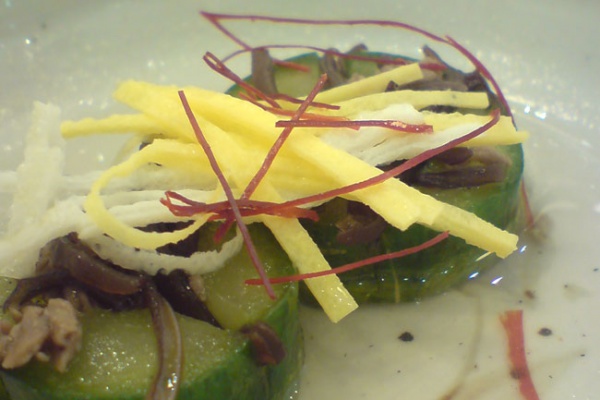Facts About Seon
Seon is a traditional Korean dish that involves steaming vegetables such as zucchini, cucumber, eggplant, or Napa cabbage, which are then stuffed with meat. Although it's generally characterized as a dish where meat or seafood is steamed, its exact definition remains somewhat debated. Popular variations of seon include gajiseon (steamed eggplant), gochuseon (steamed chili pepper), donggwaseon (steamed winter melon), museon (steamed radish), baechuseon (steamed Napa cabbage), and dubuseon (steamed tofu).
To prepare hobakseon or oiseon, you begin by cutting a cucumber or zucchini into pieces and salting them. The pieces are then filled with a mix of meat, onion, and seasonings. These stuffed vegetables are cooked by either boiling or steaming them in a pot with vegetable broth. Once cooked, the dish is garnished with toppings such as seogi (a type of mushroom), chili threads, and egg.
Historical cookbooks like "Eumsik Dimibang" and "Siui Jeonseo" offer insight into the evolution of seon recipes. The modern version of seon, focusing on stuffed vegetables, gained popularity in the late 1930s. Earlier cookbooks used the term seon to describe dishes like cheongeoseon (steamed and stuffed herring), yangseon (steamed and stuffed beef intestine), or dalgyalseon (steamed eggs). Today, when people refer to seon, they typically mean the stuffed vegetable dish.

 North Korea
North Korea